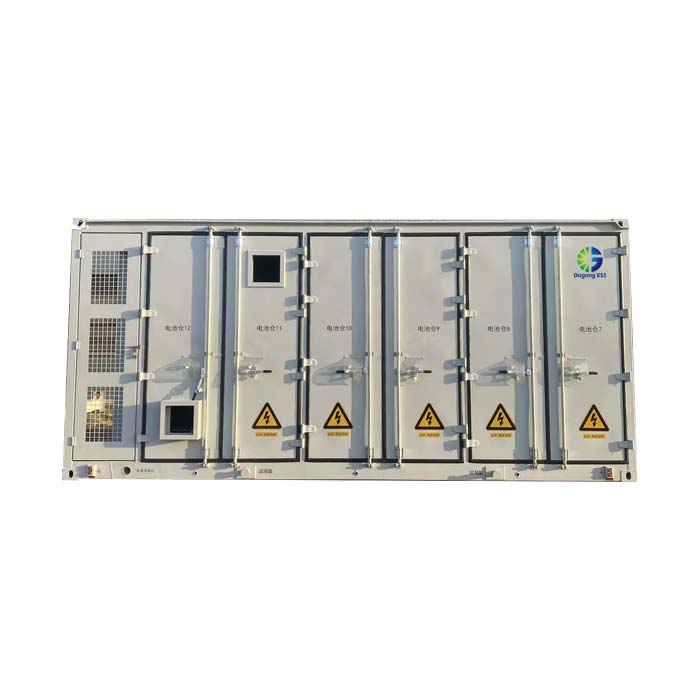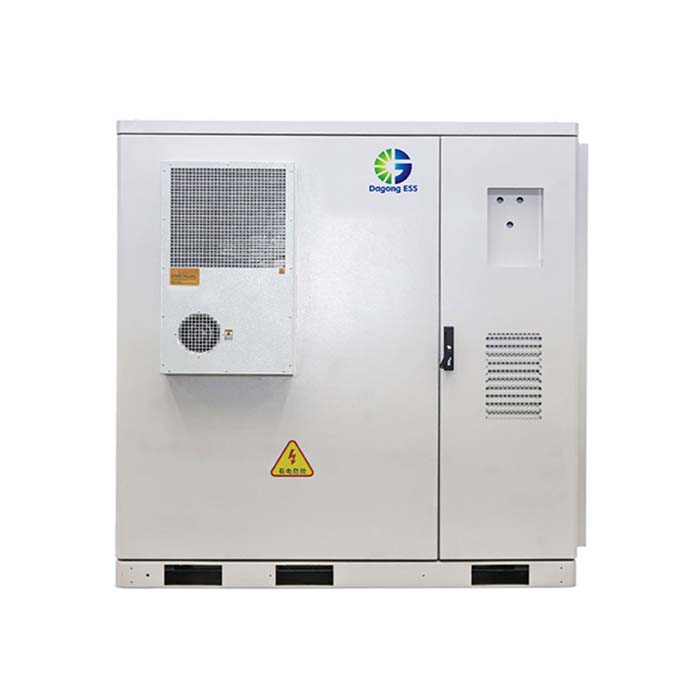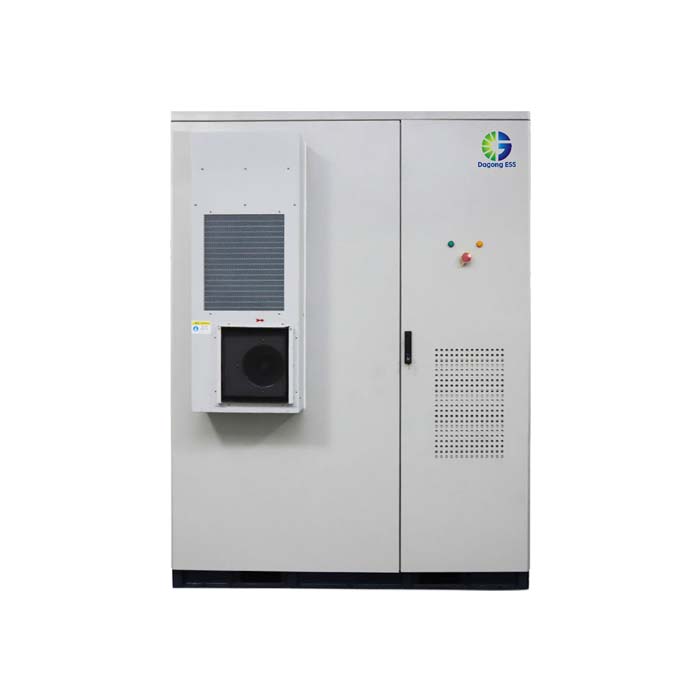AI Data Centers Drive UK Power Demand Surge — How Energy Storage Systems Balance the Grid
What is Driving the Power Surge in AI Data Centers?
In 2025, the UK's National Grid and Ofgem warned of a dramatic increase in power connection requests — most from AI data centers. These massive facilities require continuous, stable electricity for high-performance computing and server operation.
A single 1 GW AI computing facility consumes the same electricity as 2.6 million households. As more centers are planned, total grid connection demand surged from 41 GW to over 125 GW within one year.
This unprecedented growth is putting pressure on the grid infrastructure and raising concerns about how to maintain stable power supply for the AI industry while meeting national electrification goals.
Types of Solutions for the Power Demand Challenge
To mitigate power imbalance and ensure reliability, Energy Storage Systems (ESS) are increasingly deployed alongside data centers. They provide peak shaving, emergency backup, and renewable energy integration capabilities.
Air-Cooled ESS (100 kWh – 241 kWh)
Modular structure for flexible installation
Efficient air-cooling design for stable temperature control
Ideal for small to medium AI or edge data centers
Example: Dagong ESS 100 kWh and 241 kWh Air-Cooled ESS
Liquid-Cooled ESS (215 kWh – 372 kWh)
High-precision temperature control for dense compute environments
CTP modular architecture with over 8000 cycles and 15+ years lifespan
Example: Dagong ESS 372 kWh Liquid-Cooled ESS
Plug-and-play mobile storage solution for large-scale facilities
Provides frequency regulation, demand response, and grid support
Example: Dagong ESS 5 MWh Air-Cooled Container ESS
Key Features of ESS for AI Data Centers
Grid Balancing: Stores energy during off-peak hours and releases it during peak loads to reduce stress on the grid.
Uninterrupted Power: Provides backup electricity during grid fluctuations to ensure AI workloads run continuously.
Renewable Integration: Enables data centers to utilize solar or wind power, even during periods of variable generation.
Advanced Thermal Management: Dagong ESS offers optimized air- and liquid-cooling technologies to maintain stable performance.
Scalable and Modular Design: Multiple 372 kWh or 5 MWh units can be paralleled for capacity expansion.
Energy storage not only stabilizes data center operations but also supports the global shift toward cleaner, more sustainable power infrastructure.
Applications of ESS in Data Center Infrastructure
AI and Cloud Computing Campuses
Use 5 MWh Air-Cooled ESS Containers for peak shaving, load management, and microgrid stability.
Edge and Regional Data Centers
Deploy 215 kWh or 241 kWh Air-Cooled ESS units to ensure reliable performance during outages or grid congestion.
Grid Support and Frequency Response
Large 3.35 MWh – 5 MWh systems provide rapid grid balancing services to stabilize regional networks.
Hybrid Renewable Power Systems
Combine 372 kWh Liquid-Cooled ESS with photovoltaic or wind energy to achieve low-carbon data center operations.
Price of ESS for Data Centers
The cost of an energy storage system depends on capacity, cooling technology, and system configuration.
Larger, liquid-cooled, or containerized solutions generally require higher upfront investment but deliver greater efficiency and reliability.
Actual pricing varies by project size, technical specifications, and site conditions. Please contact Dagong ESS for tailored quotations and engineering support.
How to Select the Right ESS for Your Data Center Project
When planning energy storage integration, data center developers should consider:
Capacity Requirements: Define power consumption peaks and required backup duration.
Cooling Method: Choose air-cooled systems for general use or liquid-cooled systems for high-density deployments.
Scalability: Select modular ESS (e.g., 215 kWh – 372 kWh units) that allow parallel expansion.
Safety and Certification: Dagong ESS products comply with CE, UN38.3, MSDS, and 3C standards.
Monitoring and Maintenance: Built-in BMS and remote diagnostic systems ensure long-term reliability and performance.
How Long Does an ESS Last?
Modern lithium iron phosphate (LFP) batteries used in Dagong ESS products deliver over 8000 cycles and a service life exceeding 15 years.
Compared to traditional diesel backup generators, ESS solutions operate quietly, require less maintenance, and produce zero emissions—making them ideal for sustainable AI infrastructure.
The Supplier of Advanced Data Center ESS Solutions
As AI infrastructure expands globally, reliable and flexible power has become mission-critical.
Dagong ESS delivers comprehensive energy storage solutions—from 215 kWh modular ESS units to 5 MWh containerized systems—supporting data centers, grid operators, and industrial projects worldwide.
If you are interested in energy storage systems for data centers or industrial applications, please contact Dagong ESS:Email: sales@dagongess.com








